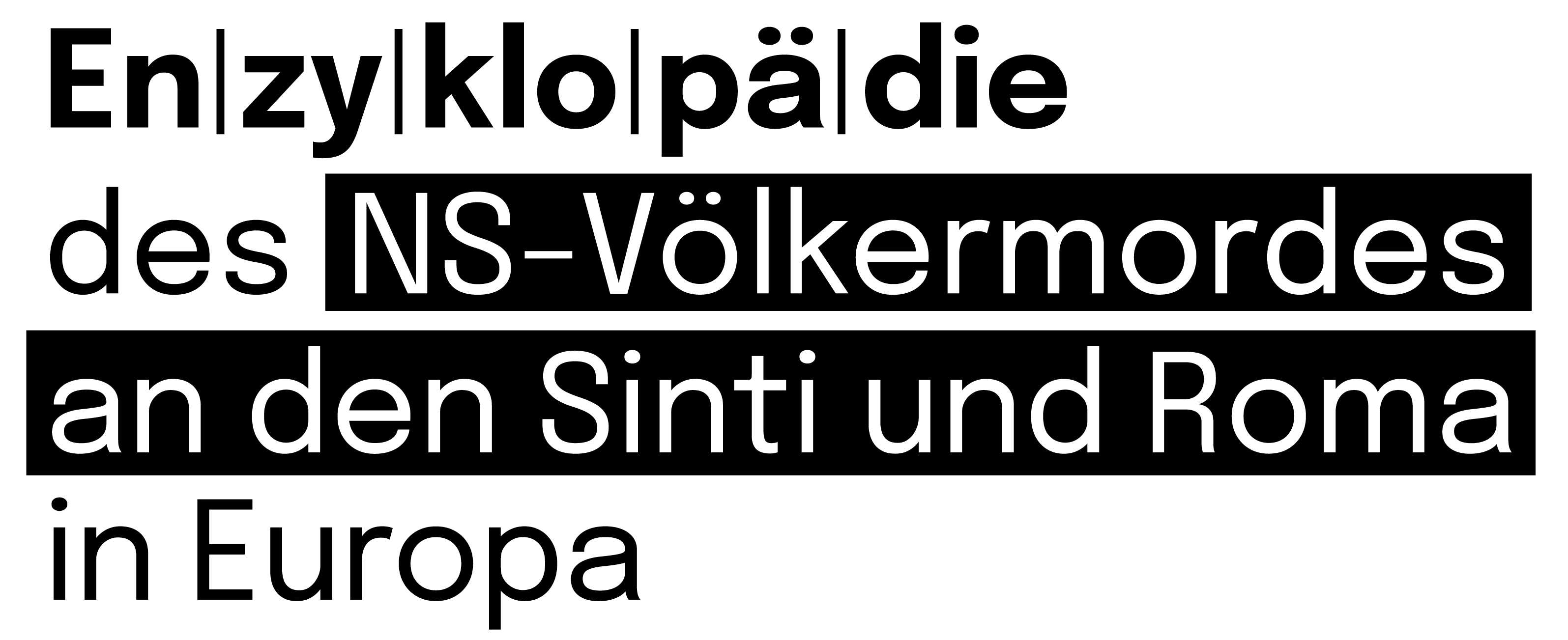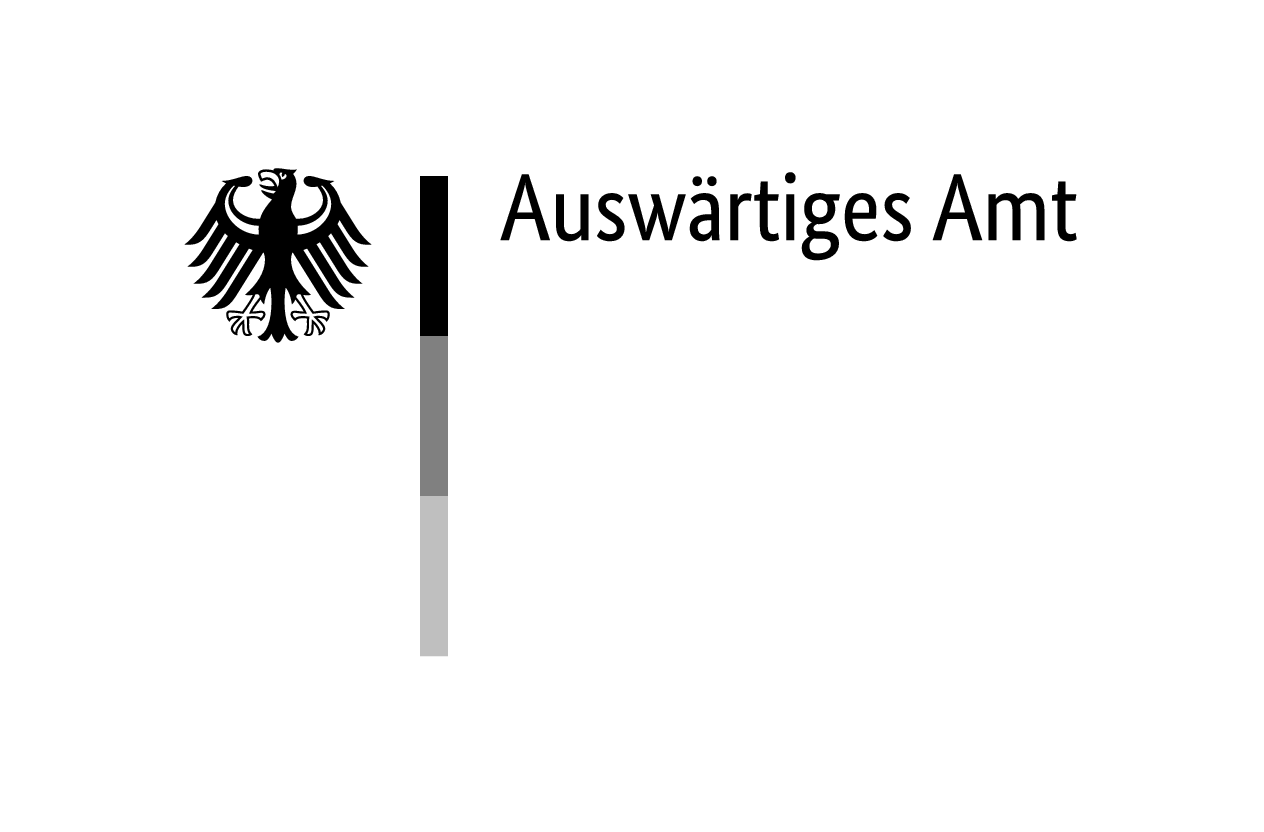The Women’s Division of the Criminal Police [Weibliche Kriminalpolizei, WKP] was responsible for police measures against children and young people stigmatised as ‘socially deviant’, a group which also included underage Sinti and Roma. In 1939, a ‘Reich Central Office for Combating Juvenile Delinquency’ was founded in the Berlin Reich Criminal Police Office (RKPA) and integrated into the Reich Security Main Office (RSHA). Starting in 1940, the WKP was also responsible for several youth concentration camps.
Prehistory
The presence of women in the police force dates back to the work carried out by female welfare officers within the ‘vice squad’ since the beginning of the 20th century. They were primarily responsible for prostitutes or ‘at-risk’ women and young people.1Cf. Meier, “Täterinnen der Weiblichen Kriminalpolizei”; Blum, “‘Frauliche Sonderaufgaben’”. What the female officers of the Weimar Republic had in common was a self-image of promoting a social and democratic orientation of the police through their work.
This went hand in hand with a general structural change within the German criminal police in the 1920s. The criminal police worked according to the principle that for each type of crime—sometimes distinguished by a particular criminal practice (the ‘modus operandi’)—a specially trained officer (male or female) should be deployed.2Wagner, Hitlers Kriminalisten, 15–21.
Reorientation under National Socialism
Friederike Wieking (1891–1958), head of the Women’s Division of the Criminal Police in Berlin, was particularly active in using the reorganisation of the police under the Nazi regime to consolidate and expand female police work.3Groß, Friederike Wieking, 266. Through her constant public presence in the print media and at conferences, Wieking was also able to convince even initial sceptics among the new National Socialist ruling elite of the importance of the Women’s Division, which she argued should take increased responsibility for the protection of children and young people within the ‘Volksgemeinschaft’.4Ibid., 278–79.
With the centralisation of the police apparatus from June 1936, the Prussian Women’s Division of the Criminal Police in Berlin became a model for the entire German Reich. Wieking and her colleagues drew up the ‘Reich guidelines’ for the WKP at a conference held from 20 to 25 November 1937, which was organised by the Reich women’s leader Gertrud Scholtz-Klink (1902–1999) at the Blumberg Welfare School in Berlin.
The decree of 24 November 1937, in which Heinrich Himmler (1900–1945) as Reichsführer-SS and Chief of the German Police ordered the reorganisation of the WKP at Reich level, created the basis for the work of women officers within the Reich criminal police.5Federal Archives (Bundesarchiv, BArch), R 2/12136a, circular decree of the Reichsführer SS and Chief of the German Police in the Reich Ministry of the Interior of 24 November 1937 (special print no. 82 from the Ministerialblatt des Reichs- und Preußischen Ministeriums des Inneren 1937, no. 48. A digital copy of this file is available on Invenio under the corresponding call number; Groß, Friederike Wieking, 284–85; Reichskriminalpolizeiamt, Jahrbuch des Reichskriminalpolizeiamtes für das Jahr 1938. Berlin: RKPA, 1939, 37. Difficult female officers who rejected the new political system, like Josefine Erkens (1889–1974) in Hamburg, were increasingly forced out of their posts from 1933 onwards.6Nienhaus, “Nicht für eine Führungsposition geeignet,” 64–91.
The framework for the practical implementation of the reorganisation was provided by a set of instructions issued on 19 May 1938.7BArch, R 2/12136a, implementation instructions of 19 May 1938 on the circular decree of the Reichsführer SS and Chief of the German Police in the Reich Ministry of the Interior of 24 November 1937 concerning the reorganisation of the Women’s Division of the Criminal Police, p. 12–22 (RS). They justified the need for a gender-differentiated approach to criminal policing under National Socialism by referring to stereotypical gender roles.8Ibid., p. 14. What was new at this point was the embedding of the WKP in the implementation of the regime’s racial policy. This was also evident in everyday working life and in criminal police practice. Beginning in January 1939, the RKPA in Berlin instructed subordinate offices to keep a register and a statistical record. This was to be divided into three categories by ‘race and biological heredity’: young people with serious or frequent criminal offences (yellow tags), ‘Jewish children’ (purple tags) and ‘Gypsy children’ (black tags).9Wagner, Volksgemeinschaft ohne Verbrecher, 273; Wildt, An Uncompromising Generation, 177; FFBIZ, Rep 500, Acc 400, No. 10.3, Order of the RKPA on the ‘Juveniles file and statistics of the special services of the female criminal investigation department’ (Anordnung des RKPA über die “Jugendlichen Kartei und Statistik der Sonderdienststellen der weiblichen Kriminalpolizei”) of 13 December 1938, Tgb. No. RKPA. 1600/8.38 I.D. As early as 1937, the documents were said to be ‘of considerable value for the purposes of later personality assessments and research in criminal biology’.10FFBIZ, Rep 500, Acc 400, No. 10.3, Memorandum of the Female Police Criminal Investigation Department in Berlin on the occasion of its 10th anniversary of 24 April 1937, n.p.; Groß, Friederike Wieking, 295. On 1 July 1939, a ‘Reich Central Office for Combating Juvenile Delinquency’ was set up in the RKPA for the central coordination of work in this area.
The ‘Preventive Fight against Crime’ and Youth Concentration Camps
In February 1940, the Reich Defence Council decided to set up ‘youth protection camps’. On this basis, special camps were established for which the WKP was responsible and which the Women’s Division could use to impose ‘preventive police custody’ on young people.11Cf. State Archive of Saxony-Anhalt (Landesarchiv Sachsen-Anhalt, LASA), C 30 Quedlinburg I, No. 326, summary letter from Paul Werner, Head of Office Group V A in the RSHA, to the Head of the criminal police division in Magdeburg dated 26 June 1940, n.p. There were two such camps in the German Reich, one for female youths (Uckermark) and one for male youths (Moringen). These camps were technically under the control of the Reich Central Office for Combating Juvenile Delinquency. However, they were integrated into the camp system of the SS (Schutzstaffel) and were guarded and administered by the SS. In addition, female criminal police officers were employed as directors and other police officers (male and female) as ‘educators’ in the camps.12Blum, “‘Frauliche Sonderaufgaben’”, 82–83. Another so-called ‘youth detention camp’ was located in Litzmannstadt (Litzmannstadt, youth concentration camp) and was set up for Polish and other foreign children and young people at the beginning of December 1942.13Cf. Guse, “Die Jugendschutzlager Moringen und Uckermark”; Kosmala, “Das Polenjugendverwahrlager”; Person and Steinert, Przemysłowa Concentration Camp, 13–161.
An application for the imposition of ‘preventive police custody’ in these ‘youth protection camps’ could be made by the criminal police offices [Kriminalpolizeistellen] in accordance with the circular decree of 14 December 1937, but had to be confirmed by the Reich Central Office for Combating Juvenile Delinquency. Moreover, in the context of the ‘preventive fight against crime’, young people were monitored and prosecuted by the WKP even if there were no grounds for suspicion. The implementation instructions for the reorganisation of the WKP of 19 May 1938 referred to this decree and now ‘preventive custody’ was also to extend to children (up to 14 years), youths [Jugendliche] (up to 18 years) and minors [Minderjährige] (18 to 21 years).14BArch, R 2/12136a, implementation instructions of 19 May 1938 on the circular decree of the Reichsführer SS and Chief of the German Police in the Reich Ministry of the Interior of 24 November 1937 concerning the reorganisation of the Women’s Division of the Criminal Police, p. 12–22 (RS).
The scope of duties also included cooperation with welfare offices such as the Youth Welfare Office to initiate committal to institutional care or to a concentration camp. In addition, surveillance patrols were among the main activities of the WKP.15Ibid., pp. 19-21. Children and young people who were considered deviant were picked up on scheduled patrols. The law governing the WKP’s field service made specific provision for certain groups of people, such as children in or escaping from care institutions, child beggars, ‘Gypsy children’, foreigners or the ‘mentally ill’.16FFBIZ, Rep 500, Acc 400, No. 10.3, The legal basis for the field service of the female criminal investigation department (Die gesetzlichen Grundlagen des Außendienstes der Weiblichen Kriminalpolizei) [only the table of contents has survived], n.p. It was above all this structural orientation towards a far-reaching ‘prevention policy’ that allowed for the continued existence and expansion of the competences of the Women’s Division of the Criminal Police under National Socialism.
Persecution of Sinti and Roma
Officers of the WKP were involved in the persecution of Sinti and Roma children and young people in several ways.17Cf. Meier, “Täterinnen der Weiblichen Kriminalpolizei.” For example, they were involved in enforcing the Immobilisation Decree, which prohibited Sinti and Roma from leaving their places of residence. In the event of violations, WKP employees were called in if children or youths were involved.18Institute of Contemporary History (Institut für Zeitgeschichte, IfZ), Dc. 17.02, Schnellbrief (express order) of the Reich Security Main Office – Tgb. No. RKPA. 149/1939 -g- of 17 October 1939 concerning the registration of gypsies, pp. 156–56R; Fings, “Gutachten”; LASA, C 29 Anh. II, No. 570, notice of admission to the police prison, 27 February 1943; LASA C 29 Anh III, No. 18, prisoner book of the police prison, list number 4761–4762.
WKP sections of the local police authorities also submitted applications to the Reich Central Office for Combating Juvenile Delinquency for committal to ‘youth protection camps’—often in cooperation with or on the initiative of local welfare authorities who no longer wanted to pay the costs of supporting Sinti and Roma children and young people. For example, the transport of 13-year-old Rom Pero T. (1930–unknown) from Magdeburg to the ‘youth detention camp’ in Litzmannstadt on 9 July 1943 took place on the initiative of the municipal authorities and in cooperation with the WKP.19Cf. LASA, C 29, Annex II, No. 524, criminal police personnel file. The Croatian family had been deprived of their performing bears, and thus their livelihood, as a result of the state’s coercive measures. The parents were forced to work in industry and road construction and were therefore unable to look after their underage son Pero T. The Magdeburg Welfare and Youth Office and the WKP took this situation as an opportunity to commit the boy to the youth concentration camp on the grounds of alleged neglect.
At least two young Sinti or Roma were transported to Moringen and two to Uckermark by the Cologne criminal police.20Fings and Sparing, Rassismus – Lager – Völkermord, 252–255. Commital procedures were often initiated by educational authorities and subsequently implemented by the WKP.21Wieking, Die Entwicklung der weiblichen Kriminalpolizei, 73.
Female officers from the WKP also acted as escorts for prisoner transports between different detention centres and for the transfer of Sinti and Roma from children’s homes to the Auschwitz-Birkenau concentration and extermination camp. For example, a female detective from Esslingen escorted children being transported from the St. Josefspflege Catholic children’s home in Mulfingen to Auschwitz-Birkenau on 9 May 1944.22Meister, “Schicksale der ‘Zigeunerkinder’”; Hankeln, Antiziganismus, 263–64, 310–28. In contrast to previous research, Laura Hankeln assumes that 35 instead of 39 children and adolescents were deported; see 323–26. According to the latest findings, a total of 38 children and adolescents were deported; see Reuter, “Mulfingen”. After the major deportations of March 1943, female officers of the Cologne criminal police also identified children and young people in homes and foster families for deportation to Auschwitz-Birkenau. Municipal welfare centres had previously registered the children.23Fings and Sparing, Rassismus – Lager – Völkermord, 310.
In addition, female officers from the WKP assisted their mostly male colleagues from the ‘vice squad’ in reporting and processing sexual offences, for example by interrogating female victims. In the persecution of young women, gender norms were intertwined with racist thinking. This was particularly evident in the attribution of deviant sexual behaviour and accusations of prostitution.24Meier, “Täterinnen der Weiblichen Kriminalpolizei,” 163–65.
After 1945
Unlike most of her colleagues, the former head of the WKP in the RKPA, Friederike Wieking, was interned by the Allies as a senior officer. She was held in various Soviet special camps between summer 1945 and spring 1950 and her application for reinstatement to the police service was rejected after the end of her detention period.25Cf. Berlin State Archive (Landesarchiv Berlin), B Rep. 057-01, No. 3267, personal file Friederike Wieking for investigations into the RSHA trial from 1963; Groß, Friederike Wieking, 333–48. However, the Allies, the police of the Federal Republic of Germany and the People’s Police of the German Democratic Republic (GDR) all continued to rely on women in police work. As a result, many other female officers remained in their positions or were reinstated after a short period of release, so that the continuity of personnel among women was particularly high. But the decentralisation of the police under the Allies made the model of the Women’s Division of the Criminal Police obsolete and it was dissolved.
Shortly before her death, Wieking published an overview of the history of the Women’s Division. In this work, which is marked by a tone of self-exoneration, the WKP is assigned a subordinate role in Nazi crimes and its own responsibility is downplayed. This characterised the view of the WKP under National Socialism for a long time. The extent of its involvement in the crimes against Sinti and Roma has yet to be comprehensively investigated.




